About five percent of US workers are in STEM jobs; the projected need for future STEM-related jobs is more like 50 percent. So, how do we get kids excited about science?
The answer was simple to Anika Kuczynski and Andi Vendlinski: by allowing kids to experience DOING science themselves. They arranged a special play date with Vendlinski's 8-year-old twins, Cat and Lewis.
"I wanted them to know what it's like to do something real in science—how we use what we learn in science classes to answer real-life questions," says Kuczynski, who recently earned her doctorate in environmental engineering at Michigan Tech. "I like putting things into context; chemistry is important in real life, not just for a grade."
Cat and Lewis met with Kuczynski at the Great Lakes Research Center where she did her PhD research on algal growth and the role of phosphorus levels in different water sources. First, Kuczynski gathered the visitors in the “situation room” (a really nice conference room), where she showed photos of different lakes, getting them thinking about trophic states, or rather, the nutritional status of lakes. Cat and Lewis eagerly posed and answered questions. They already knew that algae require light, water, and nutrients to grow; they learned that phosphorus is important for algal growth in the Great Lakes.
So how do we measure phosphorus in water? Time to head to the lab.
Vendlinski—a talented photographer—gathered some delightful photos of the kids learning to pipette with water, assisting Anika in preparing phosphorus samples and chemical reagent used to measure the concentration of the solutions, wearing lab coats (the kids' favorite part), and manually plotting the data on graph paper.
Rolled Up Sleeves
Beyond providing real life context, Kuczynski had a goal to teach Cat and Lewis a bit about accuracy and precision—while following proper lab procedures—all through the lens of measuring a single element.
Phosphorus is a major nutrient in water systems. Algae, in particular, thrive with excess phosphorus. Kuczynski says it's normal to measure phosphorus concentrations less than 2 micrograms per liter (μg/L) in phosphorus-poor offshore Lake Superior samples, but what seems like only slightly higher concentrations (up to 25 μg/L) in nearshore Lake Ontario samples can cause serious algae problems. The question that drives a lot of Kuczynski’s research on managing water quality is: Where does the phosphorus come from? Cat and Lewis learned that rainwater can wash phosphorus-rich fertilizer off fields into lakes; this is called runoff. Another phosphorus source is treated wastewater that is returned to surface waters. Phosphorus concentrations in those effluents are on the order of several hundred micrograms per liter (μg/L), which is still well below the acceptable levels (1,000 μg/L or 1 mg/L) outlined in the Great Lakes Water Quality Agreement between the US and Canada.
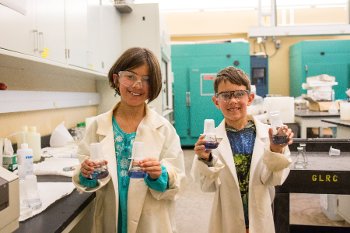
To see how scientists measure phosphorus concentrations in water, Cat and Lewis used what are called standards—a set of solutions with predetermined concentrations—in this case, 50 μg/L, 200 μg/L, and 500 μg/L.
Testing the concentration of standard solutions that have known phosphorus concentrations seems like a waste of time, right? Wrong. For quality control, scientists test a set of standards before testing samples of unknown concentrations.
Precision and Accuracy
Good science procedures require two things: the ability to get the same answer over and over as well as the correctness of that answer. Cat and Lewis tested each standard solution twice; getting the same result twice indicates good precision. The standards measured up to the expected concentrations; this indicates accuracy—no mistakes in the lab procedure! That's precision and accuracy in a nutshell. And it's crucial—and, honestly, tricky—when learning to pipette like Lewis did with plain water.
The same goes for reading measurements. Cat and Lewis found out that water doesn't politely sit in a straight line across a graduated cylinder; Kuczynski showed them how the surface of the water in the cylinder swoops upwards on the sides and to read the lowest point of that curve. Cat and Lewis practiced again with water and found that team work really makes things easier.
"I'm not a chemist; I'm an engineer, so I have a recipe book that tells me how to prepare standards and reagents. It's kinda like being in the kitchen."
Concentrate on the Data
Anika then moved on to showing them how using a reagent—a molybdate solution that turns a darker blue with more and more phosphorus—can reveal how much of the element is present in the water.
The true sign of an engineer, Kuczynski even had them plot the data (absorbance measured with a spectrophotometer) on a graph to show the increasing phosphorus with each standard. And a sign of a true teacher, she helped them connect what they learned to real life problems: eutrophic lakes have high nutrient levels that fuel algal growth. When the algae decay, they leave little available oxygen for fish and other critters. That problem is why scientists study where the phosphorus comes from and how to manage it.
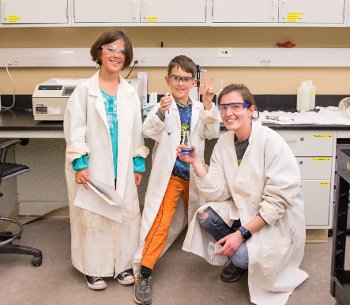
Vendlinski says the kids were good at making their own connections.
"They already know a lot about the history of the area, so they kept tying the lesson back to that," she says, explaining at first Lewis kept asking about how glaciers and volcanoes might play into phosphorus levels. "The key here is that the lesson in the lab was fun—there was no grade attached to it. They didn’t have to be there; they wanted to be there. And Anika was an excellent and passionate teacher who made a real life lab experience fun for the kids. I know Cat and Lewis will be thinking about science careers when it's time."
It is Michigan Tech's policy that children are not permitted in laboratories unless enrolled in a university-sponsored activity or by special permission.
Michigan Technological University is an R1 public research university founded in 1885 in Houghton, and is home to nearly 7,500 students from more than 60 countries around the world. Consistently ranked among the best universities in the country for return on investment, Michigan's flagship technological university offers more than 185 undergraduate and graduate degree programs in science and technology, engineering, computing, forestry, business, health professions, humanities, mathematics, social sciences, and the arts. The rural campus is situated just miles from Lake Superior in Michigan's Upper Peninsula, offering year-round opportunities for outdoor adventure.
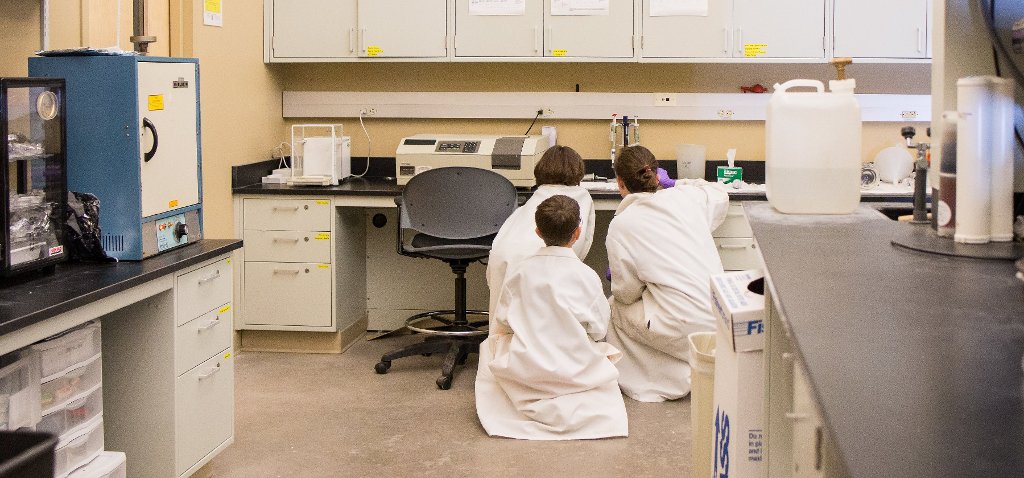

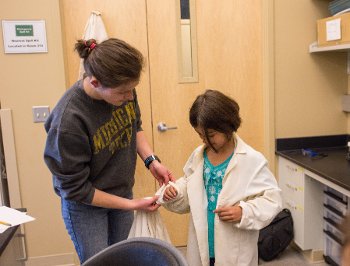
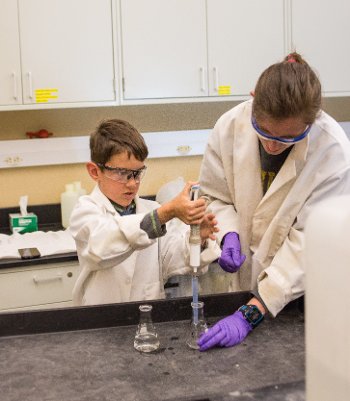
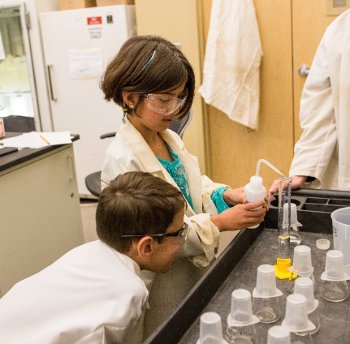


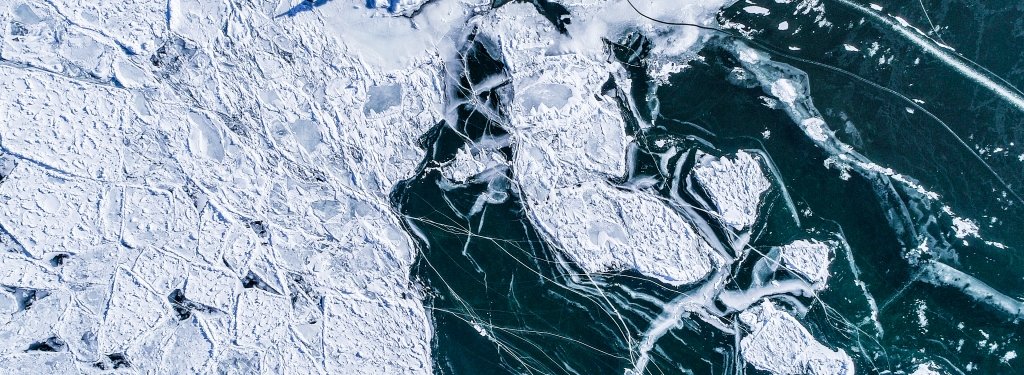
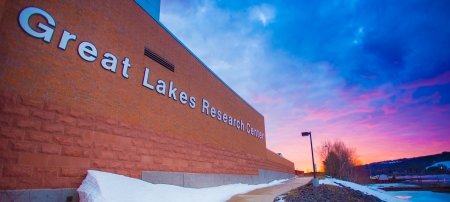
Comments